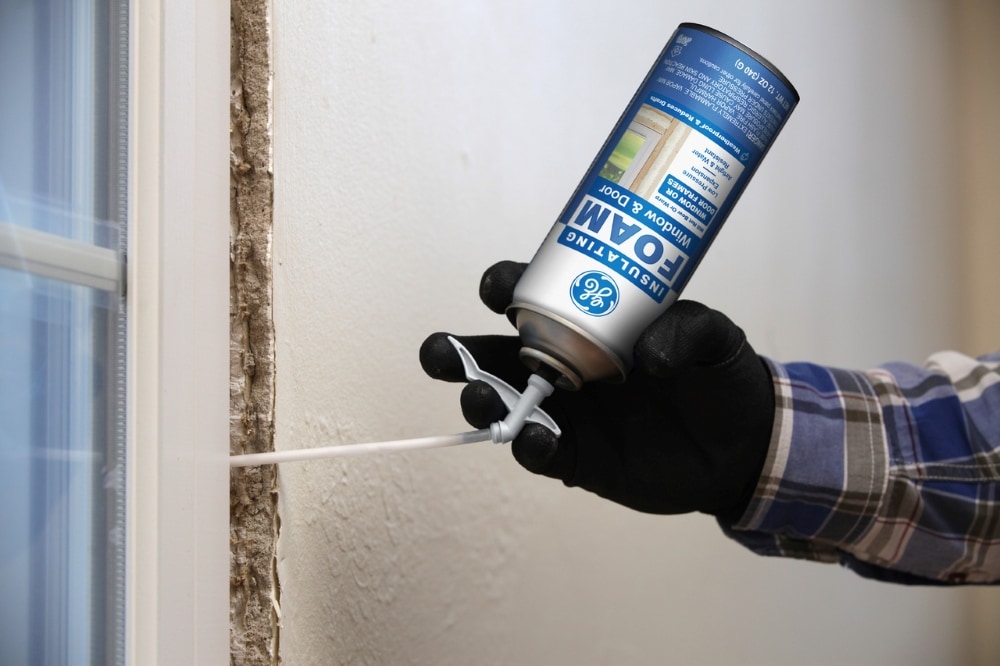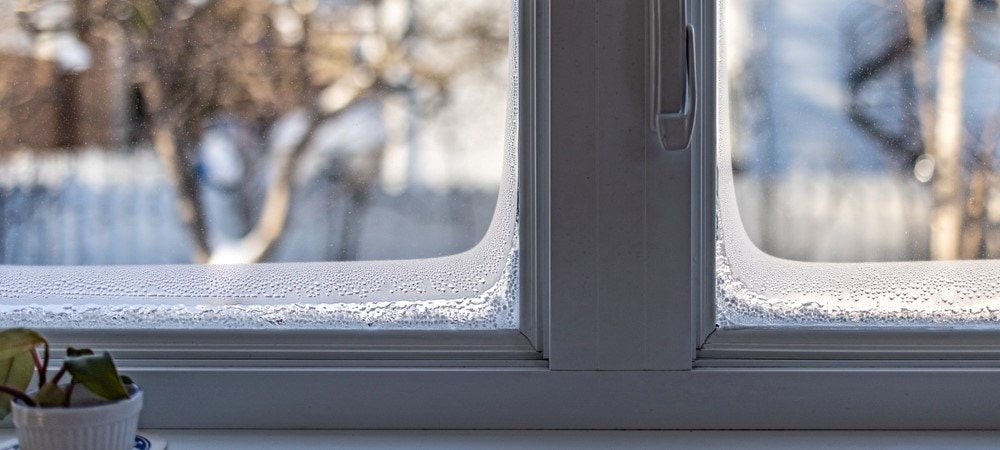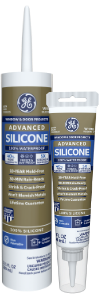Windows are our connection to the outside world, offering natural light, views of nature, and fresh air. However, they can also be a significant source of energy loss, especially during extreme weather conditions. Whether it’s the biting cold of winter or the scorching heat of summer, properly insulating your windows can make a world of difference in maintaining a comfortable indoor environment and reducing energy bills.
In this comprehensive guide, we’ll explore how to insulate windows for all four seasons, ensuring your home remains cozy and energy-efficient no matter the weather outside.
Understanding the need for window insulation
Before diving into specific insulation methods, it’s crucial to understand why window insulation matters. Windows are notorious for allowing heat transfer, meaning they can contribute to both heat gain and heat loss depending on the season. During winter, poorly insulated windows let cold air seep into your home while letting valuable heat escape.
During the summer, they can let in unwanted heat, making your air conditioning work harder to maintain a comfortable temperature. By effectively insulating your windows, you can create a thermal barrier that helps regulate indoor temperatures and reduces the strain on your heating and cooling systems.
If you’re not sure if you need extra insulation for your windows, look for gaps and cracks around the edges. You can also try to feel any drafts coming through your windows.
Regular window inspections are key to knowing if you need additional insulation. Look for gaps and cracks and feel for any air drafts.
How to insulate windows for each season
Depending on where you live, each season may bring unique challenges when it comes to keeping your home comfortable. Adding an extra layer of insulation to your windows can help you stay comfortable, no matter what the weather is like outside.
-
Stay warm in the winter
If you live in the northern part of the United States, winter can get extreme. You don’t want cold drafts blowing into your house. Try these insulation techniques to keep you and your family warm.
- Weatherstripping: Apply self-adhesive weatherstripping along the edges of windows to seal gaps and prevent drafts.
- Caulking: Use caulking or seal any gaps or cracks around window frames, preventing cold air from entering and warm air from escaping.
- Insulating Foam: If there are any larger gaps along the interior or exterior of your windows, an expanding insulating foam can help seal those spaces.
- Insulated Curtains: Install thick, insulated curtains or drapes to provide an additional layer of insulation. Close them at night to trap heat inside and open them during the day to let sunlight in for natural heating.
- Window Insulation Film: Apply a window insulation film to create an extra layer of insulation. These films are easy to install and can significantly reduce heat loss through windows.

Insulating foam can help seal large gaps in your windows. -
Let the sunshine in during the spring
- Remove Winter Insulation: As temperatures begin to rise, remove any heavy winter insulation such as insulated curtains or window films to allow sunlight and fresh air into your home.
- Install Screens: Install window screens to keep insects out while allowing fresh air to circulate freely. Screens also diffuse sunlight, reducing glare and heat gain indoors.
-
Stay cool in the summer
While you may enjoy the warm rays of sunshine in the summer, there are days when the heat can be unbearable. According to the Office of Energy Efficiency & Renewable Energy, 76% of the sunlight that hits standard double-pane windows enters your house as heat.
Keep your cool with some extra protection on your windows.
- Reflective Window Film: Apply reflective window film to reduce solar heat gain. These films reflect a portion of the sun’s rays, keeping your home cooler and reducing the need for excessive air conditioning.
- Exterior Shades: Install exterior shades or awnings to block direct sunlight from entering your windows. This prevents heat from penetrating your home’s interior while still allowing natural light to filter through.
- Window Sealant: If your windows are leaking air around the edges, they are letting the hot summer air in. Seal your windows along the edges with caulk or silicone sealant to keep the hot air out.
- Interior Shades: While most homes have window blinds, some types, including cellular shades, are better at reflecting heat. These shades have a honeycomb design that traps the heat inside the shades and can be opened and closed whenever you want.
-
Enjoy the colors of fall
Now that the temperatures are dropping, it’s time to prepare for winter again.
- Check Caulking and Weatherstripping: Inspect caulking and weatherstripping for any signs of wear or damage. Replace or repair as needed to ensure your windows remain properly sealed.
- Insulated Window Panels: Install removable insulated window panels for added insulation during colder months. These panels can be easily attached to the interior of windows and removed when not needed.
Additional tips for year-round window insulation
Beyond the tips we already shared, consider these strategies to help keep your home comfortable through every season:
- Use Draft Stoppers: Place draft stoppers or draft snakes along the bottom of windows and doors to prevent cold air from entering and warm air from escaping.
- Upgrade to Energy-Efficient Windows: Consider investing in energy-efficient windows with double or triple-pane glass, low-emissivity coatings, and gas fills for enhanced insulation.
- Plant Trees and Shrubs: Strategically plant trees and shrubs around your home to provide natural shade during summer months, reducing heat gain through windows.

Strategically planted trees can offer shade and insulation for your home. - Inspect Your Windows: Additional insulation materials, like caulk and weatherstripping, do not last forever. Inspect your windows during each season to see if any of these materials need to be
GE sealants can help insulate your windows for year-round comfort
Properly insulating your windows for all four seasons is essential for maintaining a comfortable indoor environment and reducing energy costs. By implementing the strategies outlined in this guide, you can effectively insulate your windows through every season, keeping your home cozy in winter, cool in summer, and energy-efficient throughout the year.
Small changes in window insulation can significantly improve comfort and energy savings, making it a worthwhile investment for any homeowner.
Check out our lineup of GE caulks and sealants to help insulate your windows.



